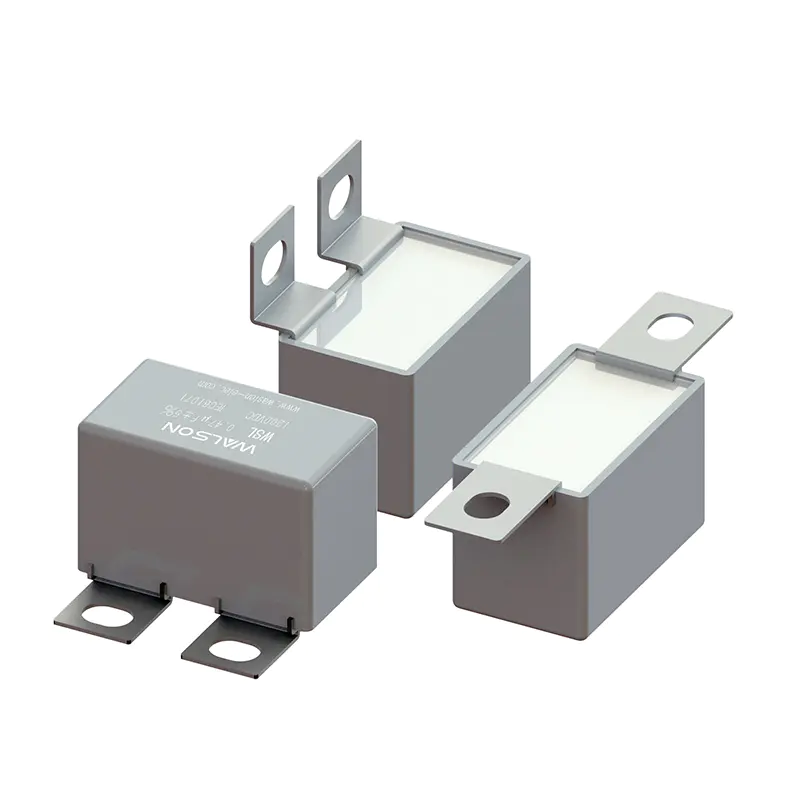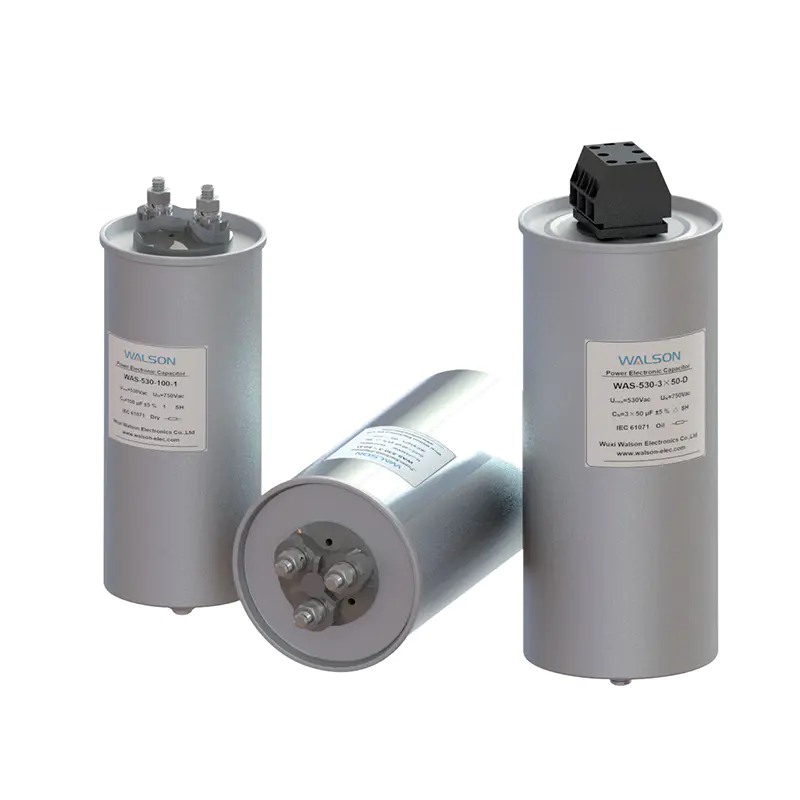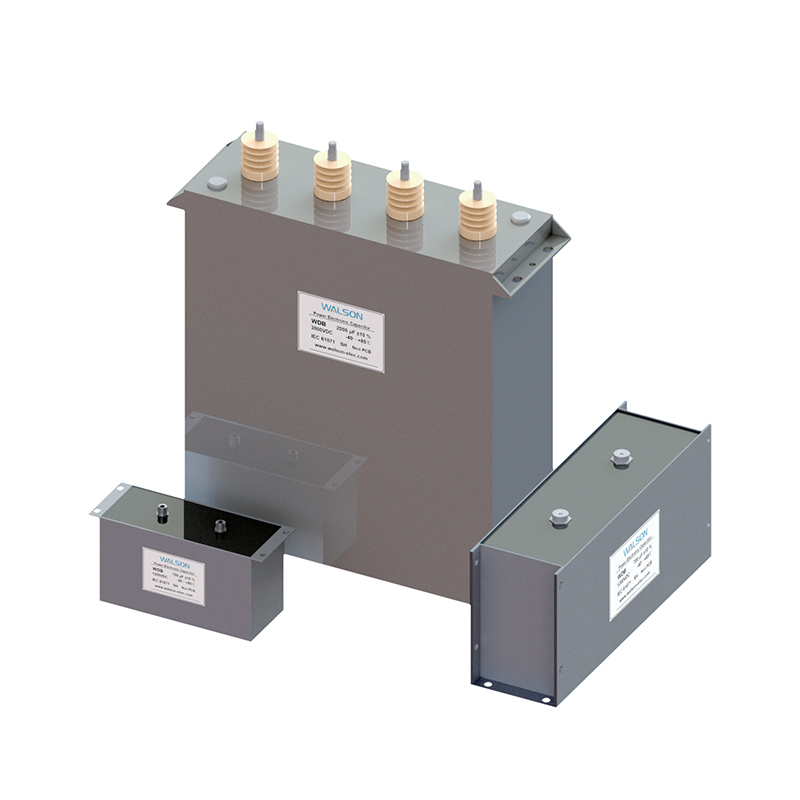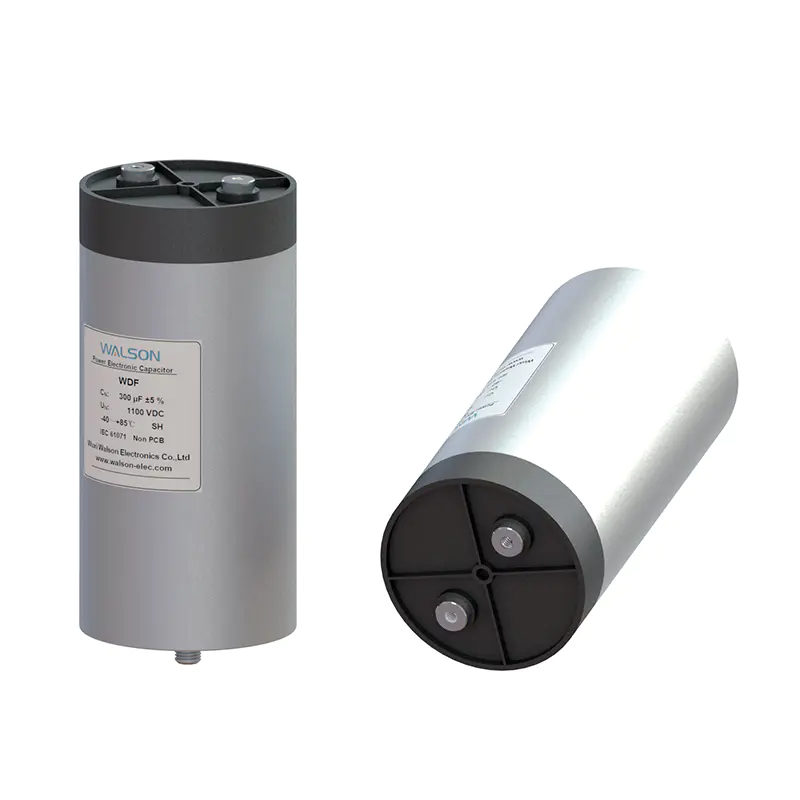- Home
- Products
- Applications
- Capacitors for Household Appliances
- Capacitors for Power Supply
- Capacitors for LED Lighting
- Capacitors for Mobile And DSL Appliances
- Capacitors for Automotive& Vehicles
- Capacitors for Photovoltaic Inverters
- Capacitors for Wind Power Plants
- Capacitors for Renewable Energy Systems
- Capacitors for Induction Heating
- Capacitors for Medical Equipments
- Capacitors for Industrial Control
- Capacitors for Power Electric
- Capacitors for Rail Transit
- Capacitors for Smart Grid
- Capacitors for University & Research Instituite (High Energy Physics)
- About Us
- News
- Contact Us
-
- Capacitors for Household Appliances
- Capacitors for Power Supply
- Capacitors for LED Lighting
- Capacitors for Mobile And DSL Appliances
- Capacitors for Automotive& Vehicles
- Capacitors for Photovoltaic Inverters
- Capacitors for Wind Power Plants
- Capacitors for Renewable Energy Systems
- Capacitors for Induction Heating
- Capacitors for Medical Equipments
- Capacitors for Industrial Control
- Capacitors for Power Electric
- Capacitors for Rail Transit
- Capacitors for Smart Grid
- Capacitors for University & Research Instituite (High Energy Physics)
Web Menu
- Home
- Products
- Applications
- Capacitors for Household Appliances
- Capacitors for Power Supply
- Capacitors for LED Lighting
- Capacitors for Mobile And DSL Appliances
- Capacitors for Automotive& Vehicles
- Capacitors for Photovoltaic Inverters
- Capacitors for Wind Power Plants
- Capacitors for Renewable Energy Systems
- Capacitors for Induction Heating
- Capacitors for Medical Equipments
- Capacitors for Industrial Control
- Capacitors for Power Electric
- Capacitors for Rail Transit
- Capacitors for Smart Grid
- Capacitors for University & Research Instituite (High Energy Physics)
- About Us
- News
- Contact Us
Product Search
Exit Menu
Working Principles of Capacitor Dielectric Materials and Methods to Improve Energy Storage Density
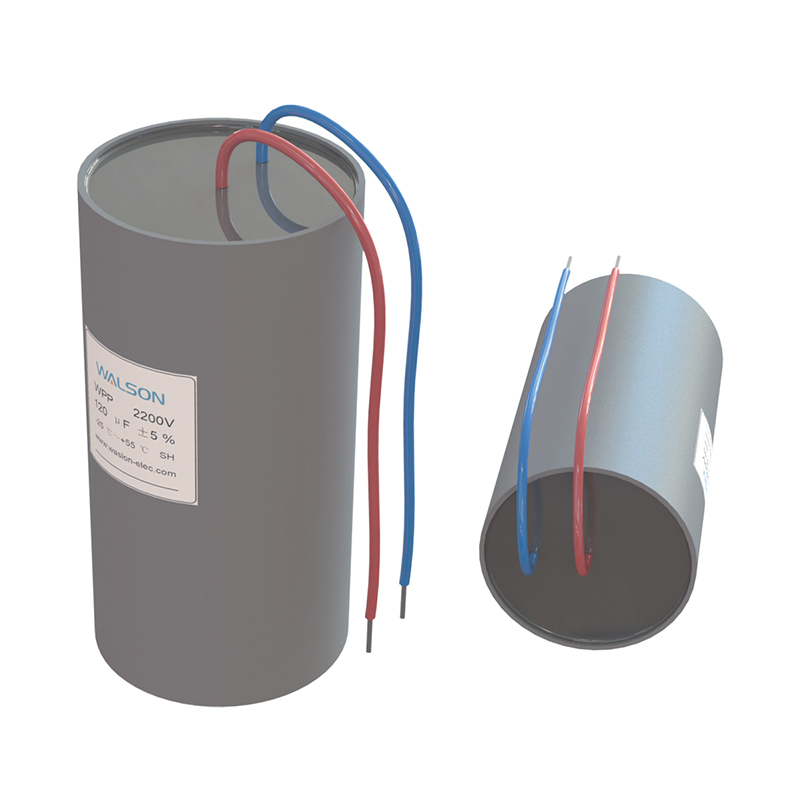
Working Principles of Capacitor Dielectric Materials and Methods to Improve Energy Storage Density
Capacitors, as essential components in electronic circuits, have performance largely determined by the characteristics of their dielectric materials. The polarization phenomenon of dielectric materials under an external electric field forms the physical basis for energy storage in capacitors.
Polarization Mechanisms of Dielectrics
Dielectric materials can be classified into non-polar and polar types. Non-polar dielectrics primarily generate induced dipole moments under an external electric field, manifested as elastic displacement of electron clouds. Polar dielectrics, in addition to electron cloud displacement, possess permanent dipole moments that align with the direction of the external electric field. Regardless of the type, all dielectrics develop induced dipole moments along the electric field and exhibit bound charges on their surfaces when subjected to an external electric field. These bound charges cannot move freely and have polarity opposite to that of adjacent electrodes.
Quantitative Description of Polarization Intensity
Polarization intensity (P) is a key parameter describing the degree of dielectric polarization, defined as the vector sum of electric dipole moments per unit volume. The electric dipole moment (μ) is determined by the charge quantity (q) and the distance between positive and negative charges (l). In isotropic linear dielectrics, polarization intensity is directly proportional to the applied electric field (E), expressed as P=ε₀(εᵣ-1)E, where ε₀ is the vacuum permittivity (8.85×10⁻¹² F/m) and εᵣ is the relative permittivity of the material. This relationship reveals the direct connection between a material's polarization capability and its dielectric constant.
Energy Storage Density and Enhancement Methods
The energy storage density (W/ΔV) of a capacitor can be expressed by the formula ½ε₀εᵣE², where E is the working field strength. To improve energy storage density, there are two main approaches: increasing the working field strength and enhancing the dielectric constant. The improvement of working field strength depends on the breakdown field characteristics of the dielectric material, while increasing the dielectric constant can be achieved by optimizing material composition and microstructure. Fundamental capacitor parameters such as capacitance (C=ε₀εᵣS/d) and energy storage capacity (W=½CU²) are also closely related to these properties of dielectric materials.
By deeply understanding the polarization mechanisms and quantitative relationships of dielectric materials, theoretical guidance can be provided for developing high-performance capacitor materials to meet the demand for high-energy-density capacitors in modern electronic devices.

 简体中文
简体中文 English
English Español
Español